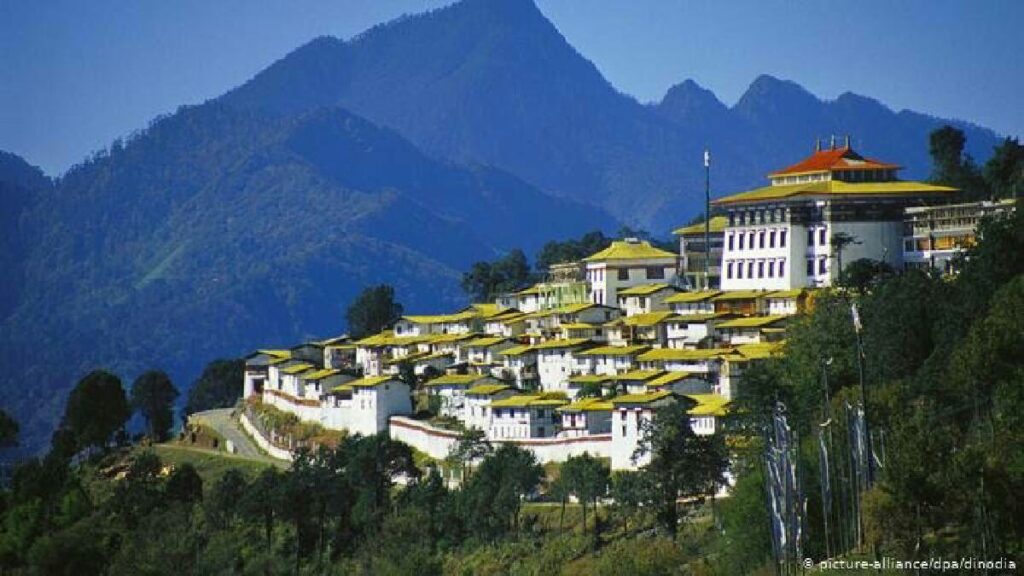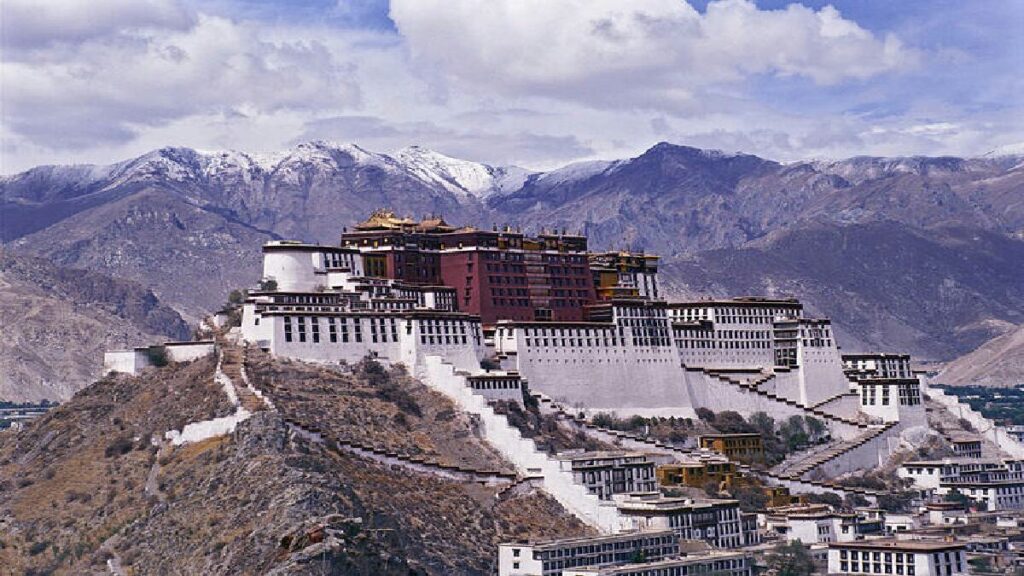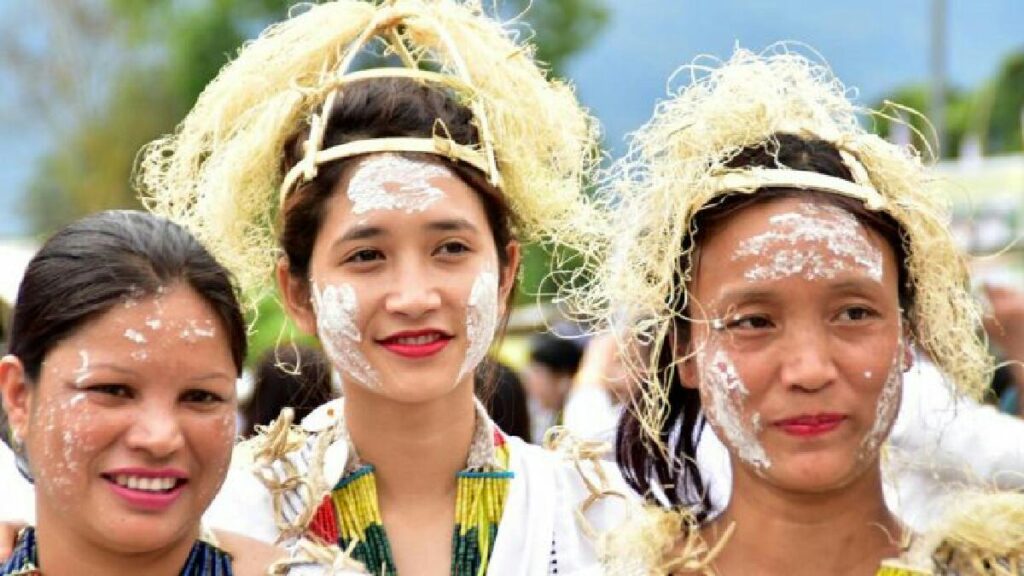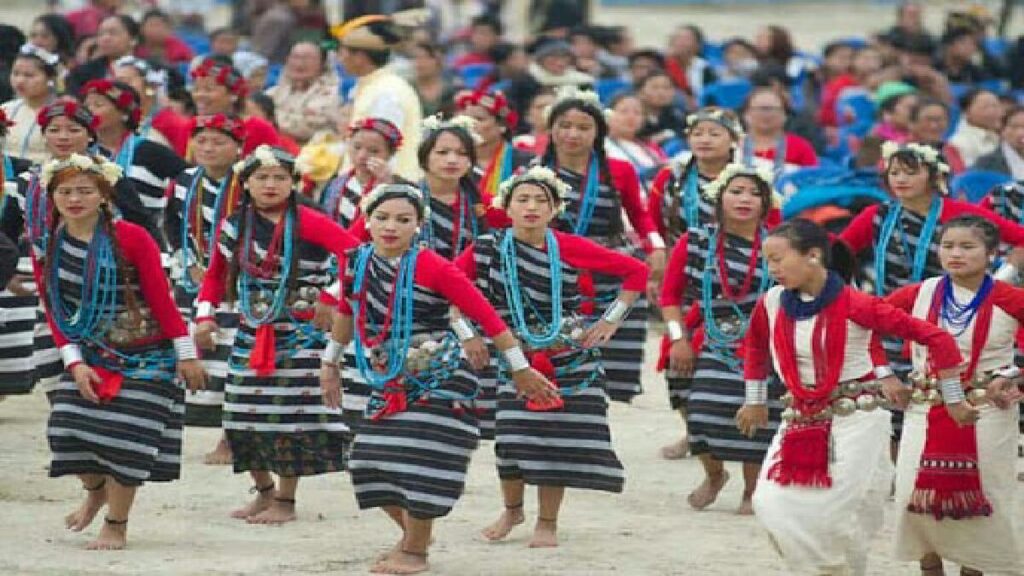Explained : Arunachal Pradesh And Chinese Obsession

Chinese intrusion/aggression near Arunachal Pradesh in the eastern borders of India isn’t novel. Let’s see why Beijing is obsessed with Arunachal Pradesh. To be more precise this interest is in two major areas in Arunachal Pradesh, namely; Tawang and Anjaw districts.
Geographic Location
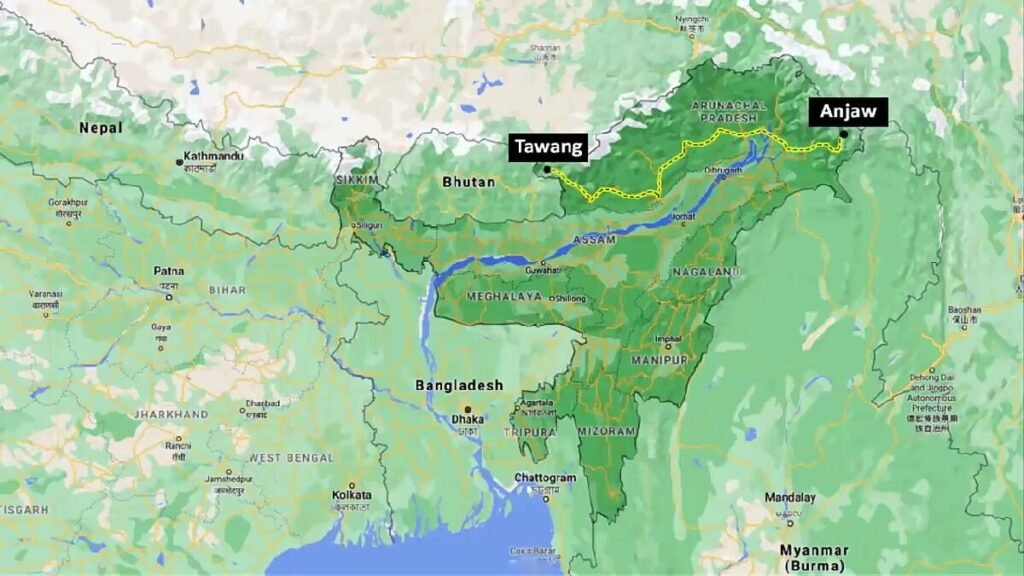
Anjaw District


The anjaw district is present just about 10 km from the Indo-Sino border in eastern Arunachal Pradesh. The Chinese troop tries to infiltrate through the dense forest in order to reach the Plum Post. Near this post, the Walong cantonment of the Anjaw district is present. The Indo-Sino border is just 25 km from Walong cantonment. This cantonment lies on the bank of river Lohit. Lohit is a transboundary river that rises from Tibet, where it’s called the Zayu river. Lohit is a tributary of river Brahmaputra. PLA has often been spotted to enter the region via this river route.
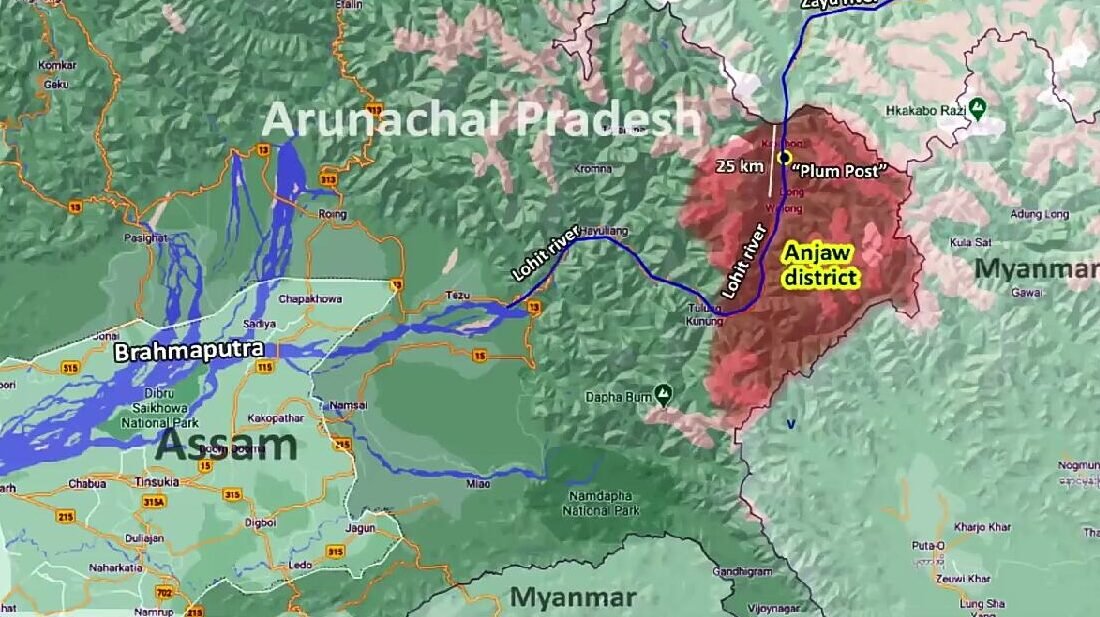
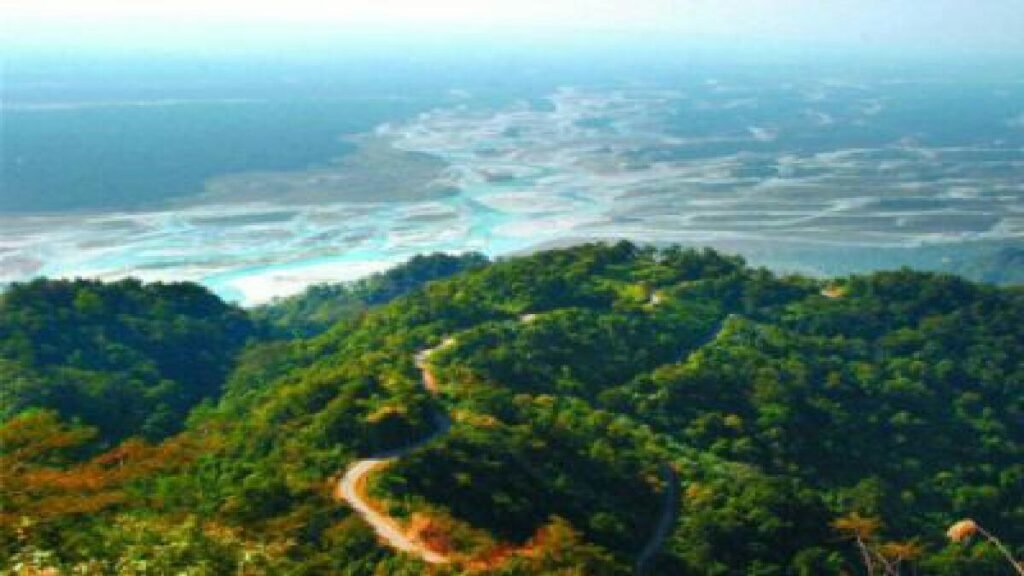
Tawang District
Tawang district is present in the north-western part of Arunachal Pradesh and has borders with the Kingdom of Bhutan. Tawang is located at an elevation of about 10,000 ft. It’s a very popular and vibrant hill station with prominent Buddhist pilgrimage sites.
Importance Of Tawang
China claims the entirety of Arunachal Pradesh as part of South Tibet/Zangnan. Mao Zedong has even put forth a “5 fingers” strategy, after the annexation of Tibet. According to this: “Tibet is the palm, which we must occupy, then we will go after the five fingers”. These 5 fingers being: Ladakh, Nepal, Bhutan, Sikkim, and Arunachal Pradesh. In the past, China even tabled a vague proposal for the swapping of Tawang with Aksai Chin.
Flashback
Tawang was formerly under Tibetan control. But during the Simla conference (1913-14) agreement was reached for its inclusion in India. It was done due to the fact; Tawang being too close to the Assam Plains. In return, the British reciprocated its support to Tibet in the unfortunate scenario of Chinese aggression. China invaded Tibet in October 1950. But, no help was provided by any of Tibet’s allies.
The matter went on to the UN. Unfortunately, no support was provided by Tibet’s “allies”. Feeling betrayed, Tibet actually asked for the return of Tawang to its territory. Interestingly, Tawang was under the Indian side of the Mcmahon line. But was allowed to be under the cultural and religious control of Lhasa. But after the Chinese occupation of Tibet, India ended Lhasa’s suzerain influence over Tawang.
Reasons For Chinese Intrusion
1. Relationships Between Tawang And Lhasa
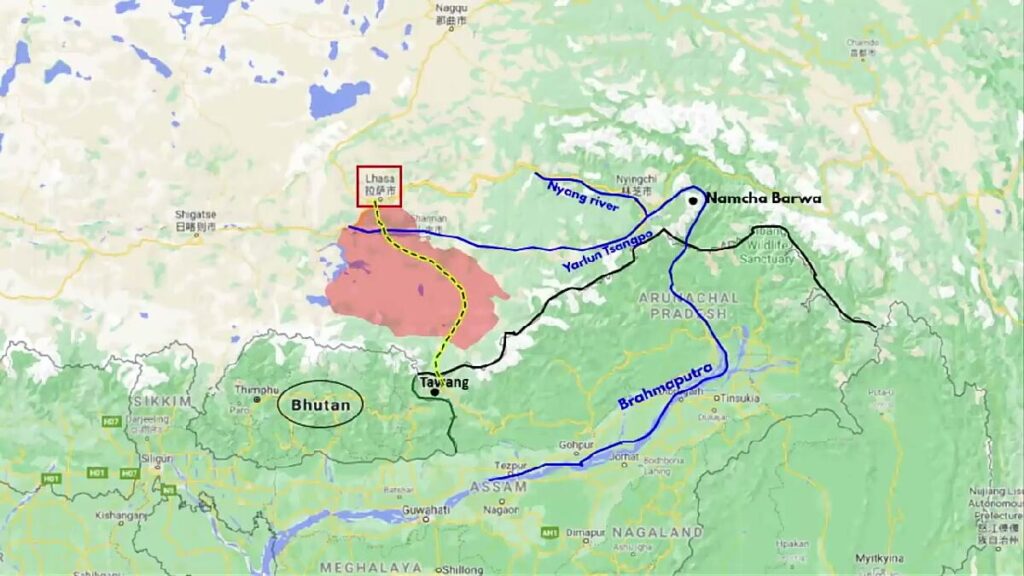
Lhasa, the capital of Tibet, is one of the reasons for Chinese belligerence. The southern region of Lhasa till Arunachal Pradesh and Bhutan border is a plain area along with valleys and mountains. Lhasa houses the majority of Tibet’s population. Now, the Chinese say that there are historical ties between the Tawang monastery and the Lhasa monastery of Tibet. The 6th Dalai Lama Tsangyang Gyatzo was born in Tawang. Therefore, Arunachal Pradesh is very much part of Tibet. Since Tibet is under Chinese control, so Arunachal Pradesh should be part of China as well. What a justification!!!!

Namgyal Lhatse 
Potala palace
Namgyal Lhatse(Tawang monastery) is India’s largest and world’s 2nd largest, behind Lhasa’s Potala Palace. The monastery was built on the wishes of the 5th Dalai Lama Ngawang Lobsang Gyatso. Also, Urgyeling in Tawang is the birthplace of the 6th Dalai Lama Tsangyang Gyatso. Therefore, Tawang is a pure and sacred place in Tibetan Buddhism.
2. Demography of Tawang
The second reason is regarding the ethnicity of people living in upper Arunachal Pradesh including Tawang. Tribes like Tagin, Nyishi, and Galo are in some way or another related to the Tibetan population. They are the descendants of Mongolide’s race. Their ancestors migrated from Tibet at some point in time.

Galo tribe 
Celebration in Nyishi culture 
Si-Donyi Festival celebrated by Tagin tribe
Monpa tribe in Tawang is the majority population of Tibetans living in minority over in Tibet.
So having a strong Tibetan presence in Arunachal Pradesh is a threat to China. Because china fears that India might use these against them. Taking advantage of the demography + the presence of Dalai Lama + the Tibetan government in exile in Dharamshala = strong concoction for creating a pro-democratic Tibetan movement against China.
3. Kingdom of Bhutan

Third reason is related to the Kingdom of Bhutan. Arunachal Pradesh provides security to Bhutan in its entire eastern flank.
Doklam issue
British made the Sikkim’s and Tibet’s overlords settle the dispute of boundary at Doklam. Therefore, the Anglo-Chinese convention of 1890 happened for mutual understanding. Bhutan, also an important player of the tri-junction entered into the same treaty after 2 years. Eventually, the agreement became an ignitor of disputes, because the boundaries of Tibet and Sikkim wasn’t mentioned clearly.
Agreement’s Dilemma
According to the treaty, the boundary between Sikkim and Tibet shall be the “crest of the mountain range separating the waters flowing into Sikkim Teesta and its tributaries from the water flowing into Tibetan Mochu and Northwards into other rivers of Tibet”.
With its interpretation, China claims: Borderline begins at Mt. Gipmochi and the border includes the whole of Doklam within the Chumbi valley ending at jampheri/ zompelri ridge on the south dnd joining point of the Doklam river on the east.
But according to modern studies and through the principle of the watershed, this isn’t true. Studies tell that the actual crest of the underlying mountain range is Merung La (15,266 ft) compared to Gipmochi (14,518 ft). Hence, the tri-junction will be at Batung La. And therefore border of Bhutan will run along the northern ridge of Doklam and hold the important Tampheri ridge with itself.
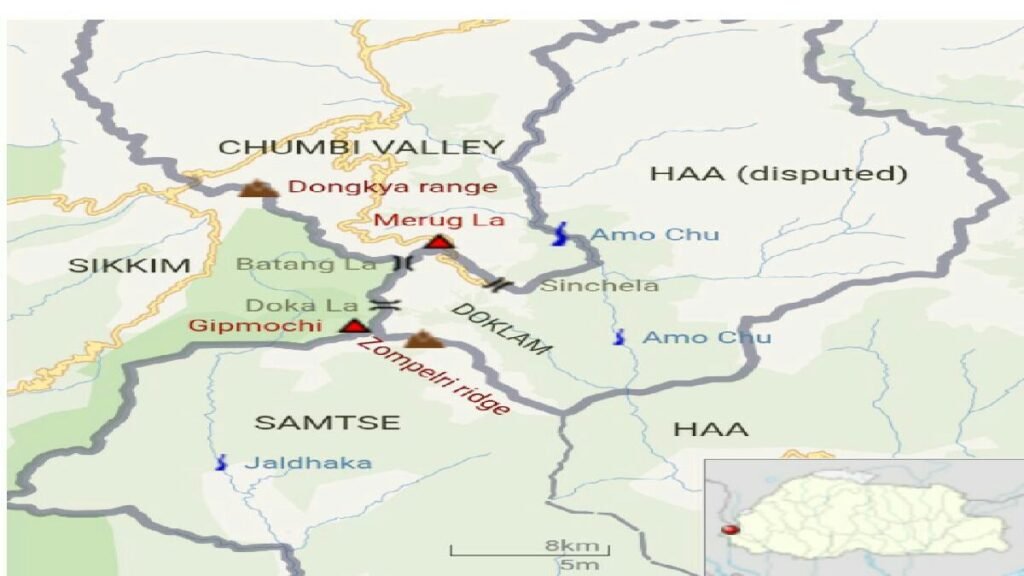
Barrage Of Disputes
Recently Chinese have started claiming Bhutan’s Sakteng Wildlife Sanctuary. This adjoins West Kameng and Tawang which is on the northeastern side. Beijing by this claim is looking to create a clear foothold near Arunachal Pradesh.


China has also constructed a road from Batung La to Doka La. And wants to further the road towards Gipmochi /Gamochen. Here the Indian army guards the area. Doka La is the place where the border standoff took place in 2017. The road toward Gamochen will lead to intrusion into Bhutan’s territory. Therefore, it will aggravate an already challenging and tense border security for India. Also, this will bring the Chinese closer to the Siliguri Corridor.
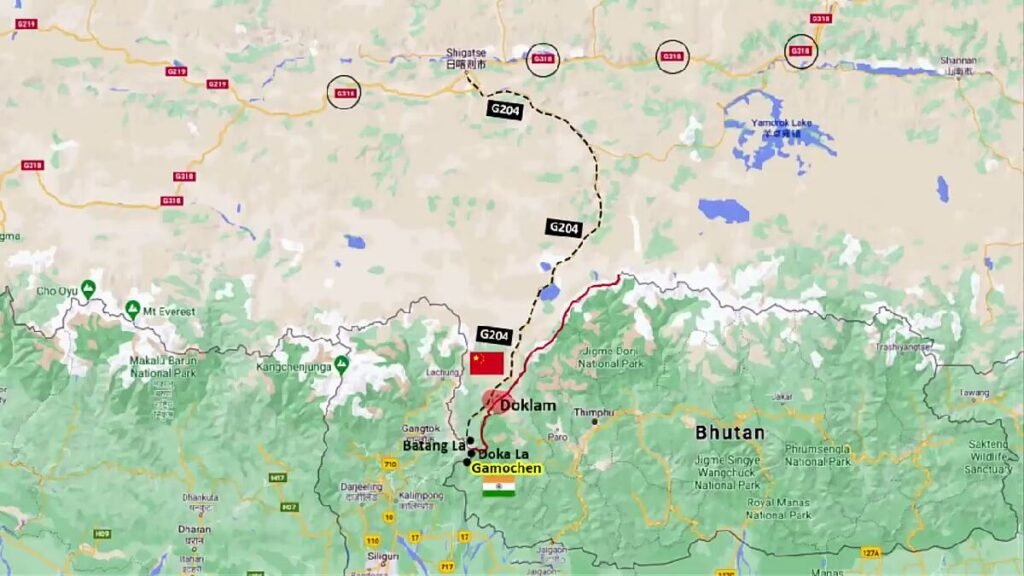
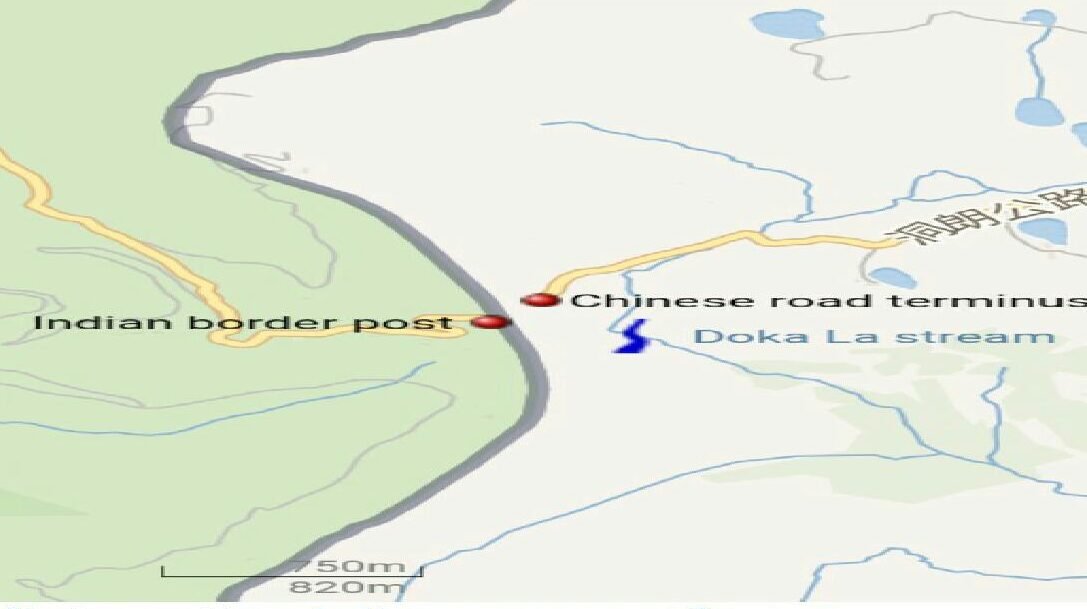
But the real concern is the Chinese construction of motorable highway roads to connect these remote, hostile strategic locations. On completion, it will enhance transportation of PLA personals and other logistic supplies easier near Arunachal Pradesh’s border. This will certainly be not favorable for both India and Bhutan.
4. Dalai Lama And His Reincarnation
Dalai Lama is a highly revered figure not only among Buddhist but followers of other religions as well. Tibetans still continue to revere the spiritual leader and look for his spiritual guidance.
Tawang was in the news as Dalai Lama visited, in April 2017. He has had a total of 6 such visits between 1983-2009. Chinese authorities complained that Dalia Lama’s religious teachings had been engineered by India in “southern Tibet” (the name given to Arunachal Pradesh by China). China has been monitoring all of the Dalai Lama’s visits abroad. Beijing also has regularly coerced foreign capitals to not allow Dalai Lama’s visits to the respective countries. China has also alleged that western countries are using Dalai Lama to embarrass them.
Reincarnation
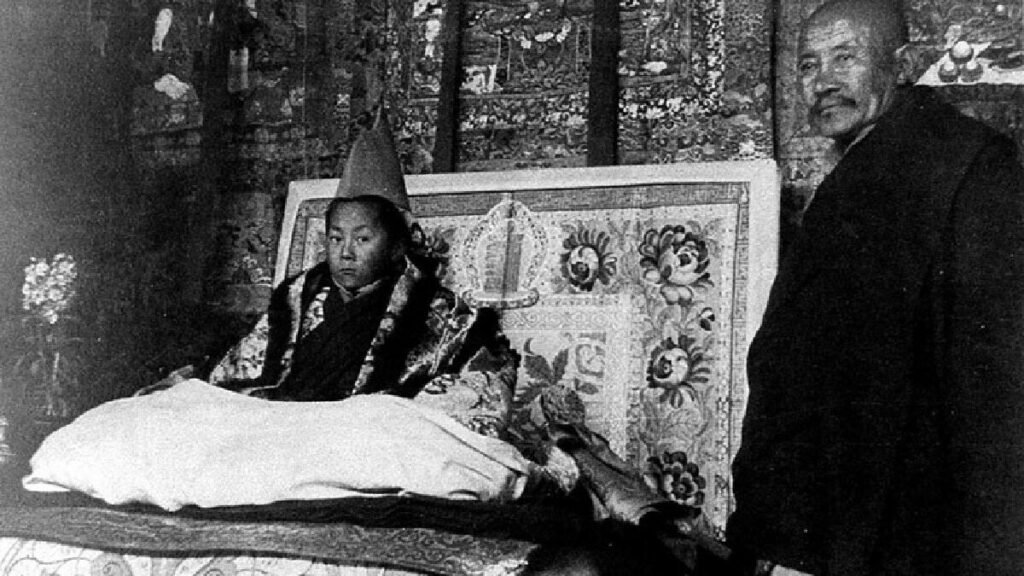
There is also the possibility that he might anoint his next reincarnation from Tawang. But China is looking to control future reincarnations of the Dalai Lama. Giving Beijing a tighter grip over annexed Tibet and its population. So, if Dalai Lama’s next reincarnation is found in a traditionally Tibetan area lying outside of China’s control i.e Tawang, then fear of another generation of Tibetan population opposed to Chinese rule might become reality. Therefore, Beijing has always been vocal about its relevance on the issue of anointing the next Dalai Lama.
5. Strategic Advantage
If we look at mainland China, Arunachal Pradesh is the closest location for India to set up offensive as well as defensive stance. These include the Agni v and Brahmos, which can successfully hit china with maximum destruction. Arunachal Pradesh is also the best location to deploy a multi-layered air defense system on the ground against PLAAF. Thus, china wants to take away India’s advantage by occupying Arunachal Pradesh.
India’s Concern
Now to acquire Arunachal Pradesh and predominantly the Tawang region , china is desperate to shift the tri-junction border further south including Bhutan’s territory. Doing this, they will reach close to Siliguri Corridor.
Siliguri Corridor
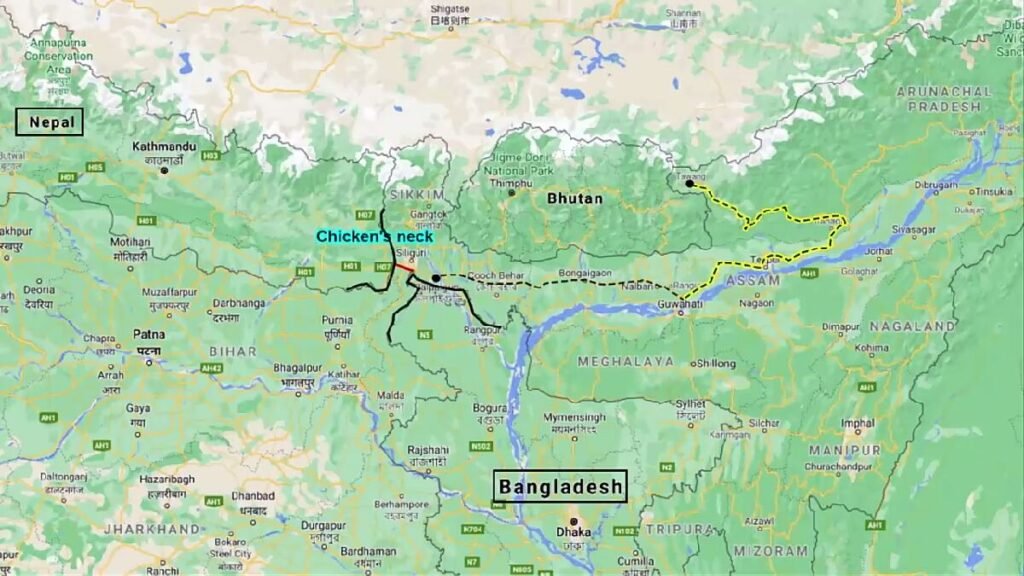
Now the Siliguri corridor is barely 25km wide. It connects mainland India with the North-Eastern states. Popularly known as the chicken’s neck, the strip of land is vital. All land trades between North Eastern states and the rest of India happens through this corridor. From the new Jalpaiguri station, a rail link moves towards Guwahati (Assam). It is also from here that a road network moves towards the strategically important Tawang.
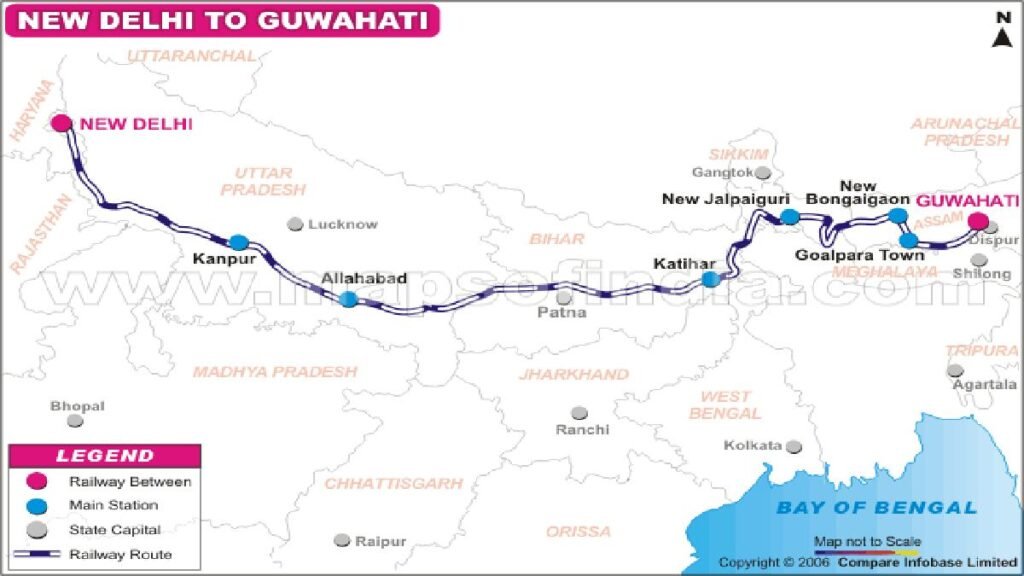
To the south of the Siliguri corridor, lies Bangladesh and Nepal border to the south. Due to Chinese influence, recently, Nepal hasn’t been very cooperative.
Also, realizing the Siliguri corridor’s importance, china has been funding anti-state groups and insurgency organizations in West Bengal and other North-Eastern states. These have been fighting for various reasons against the Indian government. A Chinese success will cut the rail and road network essential for Indian troops deployed in the Tawang district. Further giving easy access to North Eastern states by the way of encroaching and cutting it off from the rest of India.


